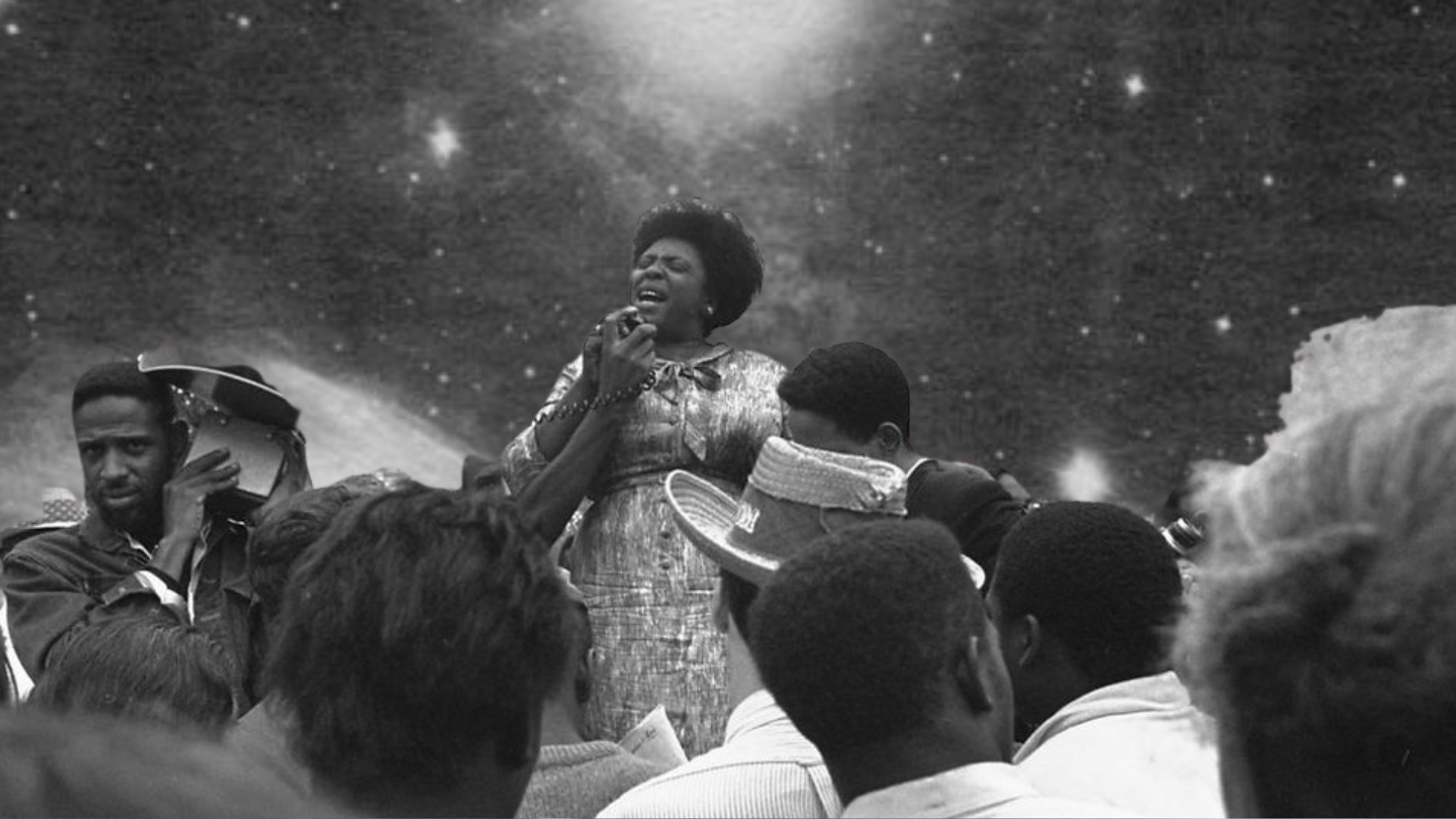
The Currency of Us : A Century of Black Collectivism and The Art of The Cooperative
Written by Adéniké Amin
Voiceover by Brian Dives
This story is as ancient as breath, as steady as the drum. Black collectivism did not begin in the rustling of protest banners or in the shudder of a megaphone, it predates the auction block, the whip, the scramble for survival. It is a blueprint traced in the dust of village pathways, whispered in the cadence of griots, and carried across oceans in the marrow of the stolen. It is the way hands stretch toward each other in the dark, the way shoulders press together under the weight of the world.
From the moment African descendants set foot on foreign soil, collectivism has been the currency of survival. It is the pooling of coins to buy a neighbor’s freedom, the hush-hush networks that spirited fugitives toward possibility. It is mutual aid societies formed by freed Black men and women in the 18th and 19th centuries, filling the gaps where a government refused to acknowledge their humanity. Burial funds, shared childcare, rotating credit systems, Black folk knew that if they could not rely on the state, they would rely on each other. And so, they did.
The 20th century cracked open a new chapter,one filled with the roar of movements and the steel-wool determination of revolutionaries. Enter Oakland, 1966. The city was electric with rebellion and necessity. Huey Newton and Bobby Seale, young, sharp, and politically unyielding, took a centuries-old principle and gave it new teeth. The Black Panther Party was collectivism in motion, an experiment in self-sufficiency wrapped in black berets and leather jackets. They fed children before school, provided medical care, educated the masses. Their survival programs were a direct challenge to a system built on their erasure.
And yet, Black collectivism was never just about survival. It was about abundance, about the sweet alchemy of shared resources and the radical act of dreaming beyond the imposed limits. From Tulsa’s Black Wall Street to the Brotherhood of Sleeping Car Porters, from cooperative farms in the South to the underground economies that sustained entire communities, Black people have long known the power of cooperative economics. There was an unspoken understanding: success was not an individual pursuit. Your gain was only real if your community gained with you.
Now, here we stand, a hundred years forward, still building, still pooling, still pushing against the tide. In Oakland, cooperatives like Mandela Grocery, East Bay Permanent Real Estate Cooperative, BLACspace Cooperative, The East Oakland Collective and countless grassroots collectives continue the work. They provide food, art, space,because space itself is an act of resistance when so much has been taken. The tradition lives in Black-owned credit unions, in mutual aid funds that surge in times of crisis, in collectives that insist on creating structures outside of capitalism’s predatory reach.
This is the story of cooperativism, not as a trend but as a legacy. It is a rhythm that has never faltered, a pulse that beats beneath every act of shared resilience. The lesson is clear: Black survival has always been communal. The future? That too, will be built together.

